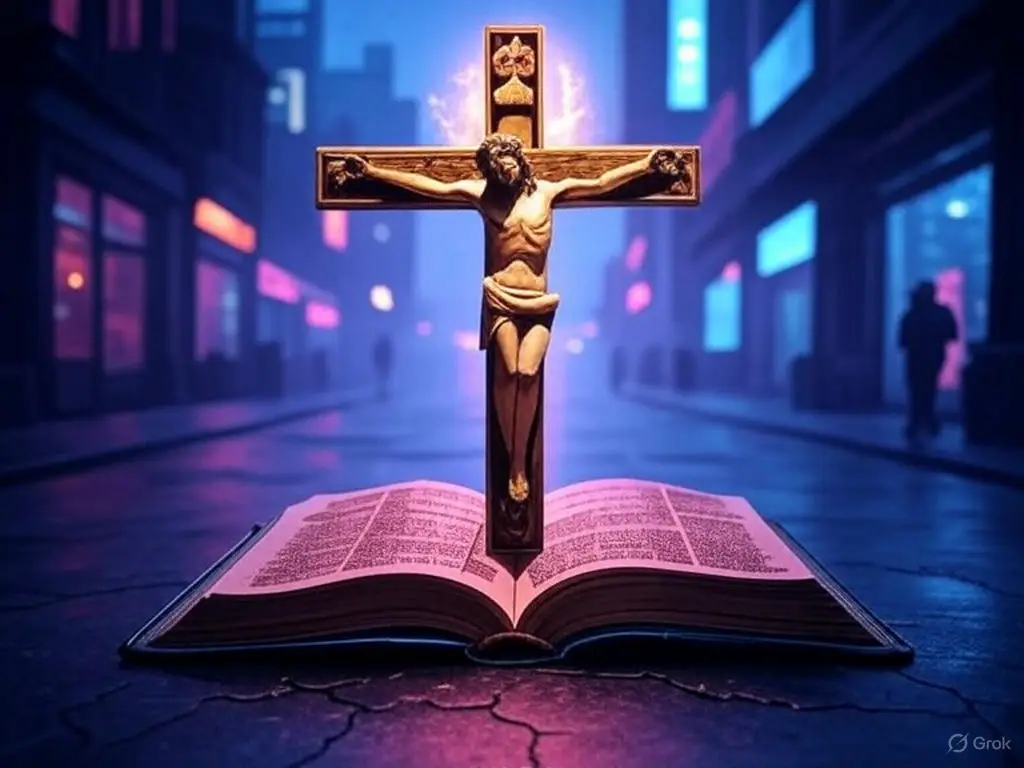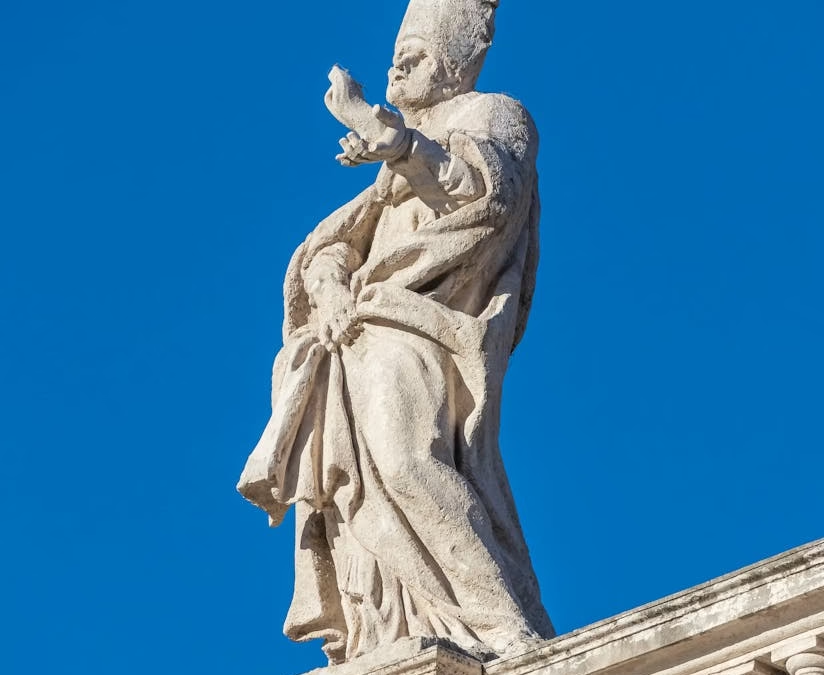Summary
In summary, the early Church had no unified view on a single pope. Bishops held local authority, and while Rome’s bishop gained influence, many regions resisted centralized control, preferring a collaborative episcopal structure. The papacy as a singular, supreme office developed later, amid ongoing debates. By 1075, the Roman Pope was considered the supreme leader by most Western churches, but Eastern Orthodox, Oriental Orthodox, and other groups consistently disagreed, preventing universal recognition. No single year marks a global consensus due to these enduring divisions
The early Christian Church did not have a fully developed concept of a single pope in Rome as we understand it today. Instead, it operated with a system of bishops overseeing local communities, with no universal agreement on a centralized authority. Here’s a concise overview of the situation:
- Bishops in the Early Church: By the 1st and 2nd centuries, Christian communities were led by bishops, who were seen as successors to the apostles. Each major city or region had its own bishop (e.g., Jerusalem, Antioch, Alexandria, Rome), and they generally operated with autonomy, though they collaborated on matters of doctrine and practice through councils and letters.
- Rome’s Growing Influence: The church in Rome gained prominence due to its association with Peter and Paul, both martyred there, and Rome’s status as the imperial capital. By the 2nd century, the Roman bishop was often looked to for guidance, but this was more a matter of respect than formal authority. For example, Ignatius of Antioch (c. 110 AD) and Irenaeus of Lyons (c. 180 AD) emphasized Rome’s significance, but not as a supreme ruler.
- Disagreements and Decentralization: There was no consensus on a single bishop (pope) having universal authority. Many early Christians viewed bishops as equal in authority, with regional variations in practice. For instance, Eastern churches (e.g., in Antioch, Alexandria) often resisted any notion of Roman supremacy, favoring a conciliar model where bishops collectively decided major issues, as seen in early councils like Nicaea (325 AD).
- Development of the Papacy: The idea of a single pope with universal jurisdiction emerged gradually. By the 4th and 5th centuries, Roman bishops like Leo I (440–461 AD) began asserting greater authority, claiming primacy based on Peter’s role as the “rock” (Matthew 16:18). However, this was contested, especially in the East, where patriarchs (e.g., in Constantinople) claimed equal or rival authority. The Council of Chalcedon (451 AD) granted Constantinople equal privileges to Rome, which Rome later disputed.
- Key Points of Contention: Disagreements centered on whether Rome’s bishop had unique authority or was merely “first among equals” (primus inter pares). Eastern churches leaned toward the latter, emphasizing collegiality among bishops, while Rome increasingly pushed for a monarchical model. These tensions foreshadowed later schisms, like the East-West Schism of 1054 and the Reformation.

